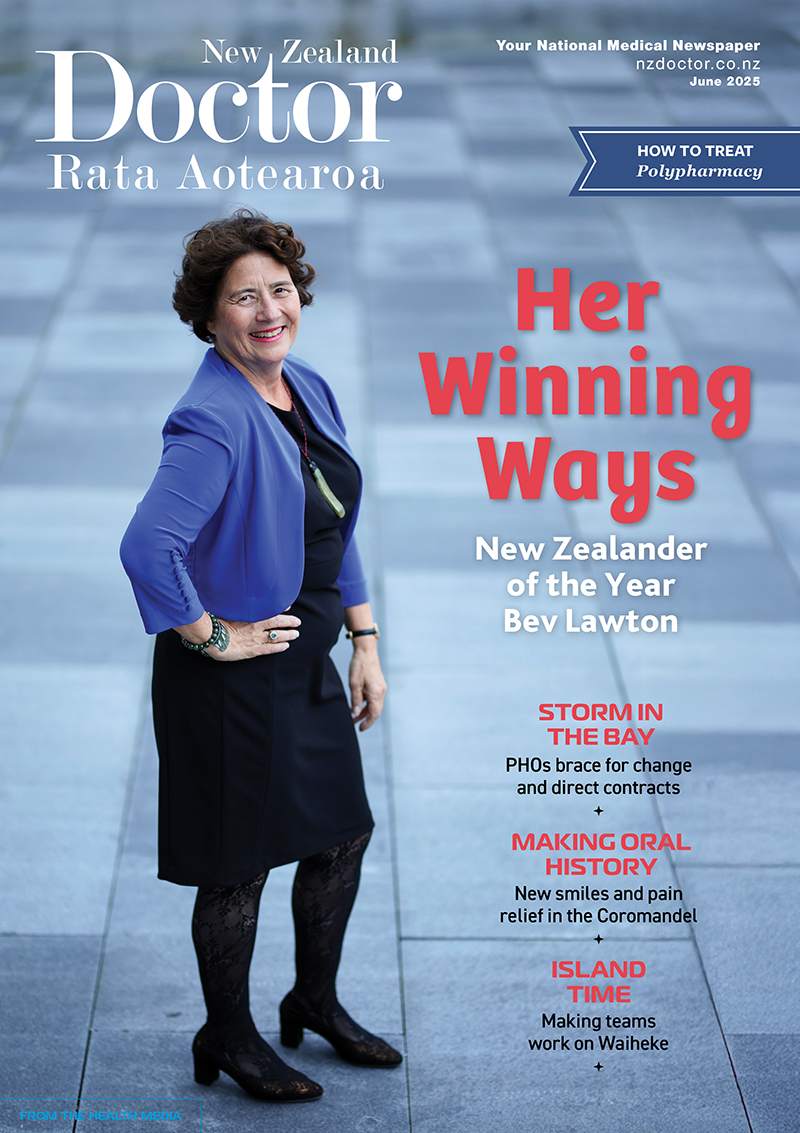For older people and frail people, the long-term benefit of medicines reduces and the potential for harm from adverse effects increases. When the benefit–risk balance changes in this way, medicine review and optimisation are important to simplify the therapeutic regimen, reduce inappropriate medicines and minimise risks. In this article, pharmacist prescriber Linda Bryant uses two case studies to illustrate important considerations during medicine reviews
A few words from…Chelsea Willmott

Chelsea Willmott works in rural general practices around Southland and Otago. She works as a rural nurse practitioner in general practice, emergency and PRIME. She is also a senior lecturer, clinical advisor and academic at Victoria University in the NPTP intern year. Her academic research and area of expertise is inter-professional and intraprofessional conflict, the cultural relationship between doctors and nurses, horizontal violence in healthcare and workforce development. She holds a variety of roles in healthcare management, teaches FACT with professor of general practice Bruce Arroll and is on the NPNZ executive committee
Kia ora and welcome to New Zealand Doctor Rata Aotearoa
Not a subscriber? Unlock this article by subscribing here.



